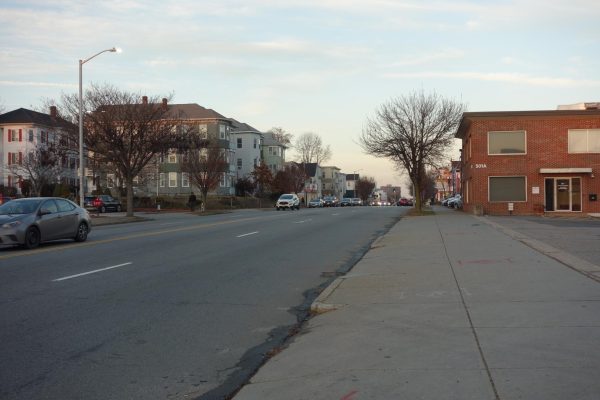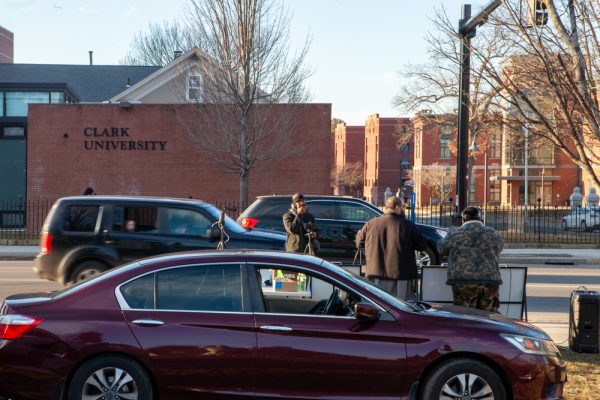How COVID-19 Has Affected Climate Change
November 20, 2020
The current role the pandemic is playing on the Earth’s climate is not an easy question to answer. Unanimously, science tells us that higher emissions from vehicles and industries lead to more greenhouse gases in the atmosphere, which in turn affects the global climate long-term. Thus, if we have not been driving and flying as much, then pollution should be considerably down, right? The truth is, there are many parts to this complex issue yet to be explored.
The chief impacts of COVID-19 on the environment have been the changes in air and water quality. According to one study from July of this year, the city of Barcelona, Spain, saw a decrease of 50 percent of its regular air pollution during the lockdown. At the same time, China’s carbon emissions dropped by 25 percent. Water quality has improved significantly in places such as Venice, Italy, while other places saw a return of wildlife—although National Geographic notes that the dolphins seen in Venice’s canals were not a sign of nature “bouncing back,” but a fairly normal occurrence.
In May, NPR reported that most parts of the United States (U.S.), which ranks second among the world’s top polluters, saw a reduction in ozone levels of less than 15 percent. This is a sign that a temporary lockdown is not sufficient for curbing pollution output. Similarly, Bill Gates emphasized in his own blog entry that while the world saw a roughly 8 percent decrease in emissions on average, that means our use of fossil fuels still produced 92 percent of what was emitted the previous year. Despite the lockdowns, little has changed in the larger context and long-term effects of climate change.
While the shipping industry had to continue throughout much of the pandemic, reduced travel has played a significant role in the decrease in carbon emissions. According to mobility data from Apple and Google, more than half of the world’s population reduced their travel by at least 50 percent in April of 2020. That on its own is a serious change in a relatively short time frame. As the holiday season approaches, and with the virus continuing to spread, there will soon be new data on the percent of Americans staying home this year.
Although not directly correlated to climate change, one negative impact the pandemic has had on our environment is the increase in plastics and medical waste. The need for disposable Personal Protective Equipment (PPE) such as gloves and masks has led manufacturers to step up the production of these products, which often end up in the ocean and other bodies of water. Online shopping and takeout food have also contributed to the rise in waste in urban areas and the environment. Some cities and towns cannot keep up with the influx of plastics and have stopped recycling for the time being.
Additionally, with people’s attention diverted towards COVID-19, some have taken advantage of the opportunity to extract more natural resources. In Brazil, for example, increased timber extractions (legal and illegal) has led to the removal of 55 percent more of the Amazon Rainforest than the previous year. Meanwhile, the US government has conducted rollbacks on environmental laws, using the pandemic as a cover and justification. This has included easing the monitoring of pollution by companies to newly proposed drilling on federal land in Alaska. Recently, the most high-profile of these events is the U.S. withdrawal from the Paris Climate Agreement on November 4, the conclusion to a drawn-out process that officially began one year ago and has been discussed for much longer. This has the U.S. standing nearly alone in the agreement while countless other nations have agreed to do their share. Turkey and Iran are the only other major emitters that have not signed on this agreement. However, President-Elect Joe Biden has stated that he will rejoin the Paris Agreement and take other steps to reduce domestic emissions. The type of environmental laws Biden’s administration will be able to pass is still unknown while the U.S. continues to battle COVID-19, a more immediate threat than climate change.
The full extent of carbon emission reduction will remain unknown until there is enough data to understand this year’s trends. Only then can we compare the 2020 holistically to previous years and see if the momentary lockdowns actually make a significant difference. To give us hope, the fact that we were able to reduce pollution levels for a time proves we are certainly capable of doing more to solve the climate change crisis. This could mean a future with cleaner air and a healthier planet, as long as we keep moving and progressing to such a course.










